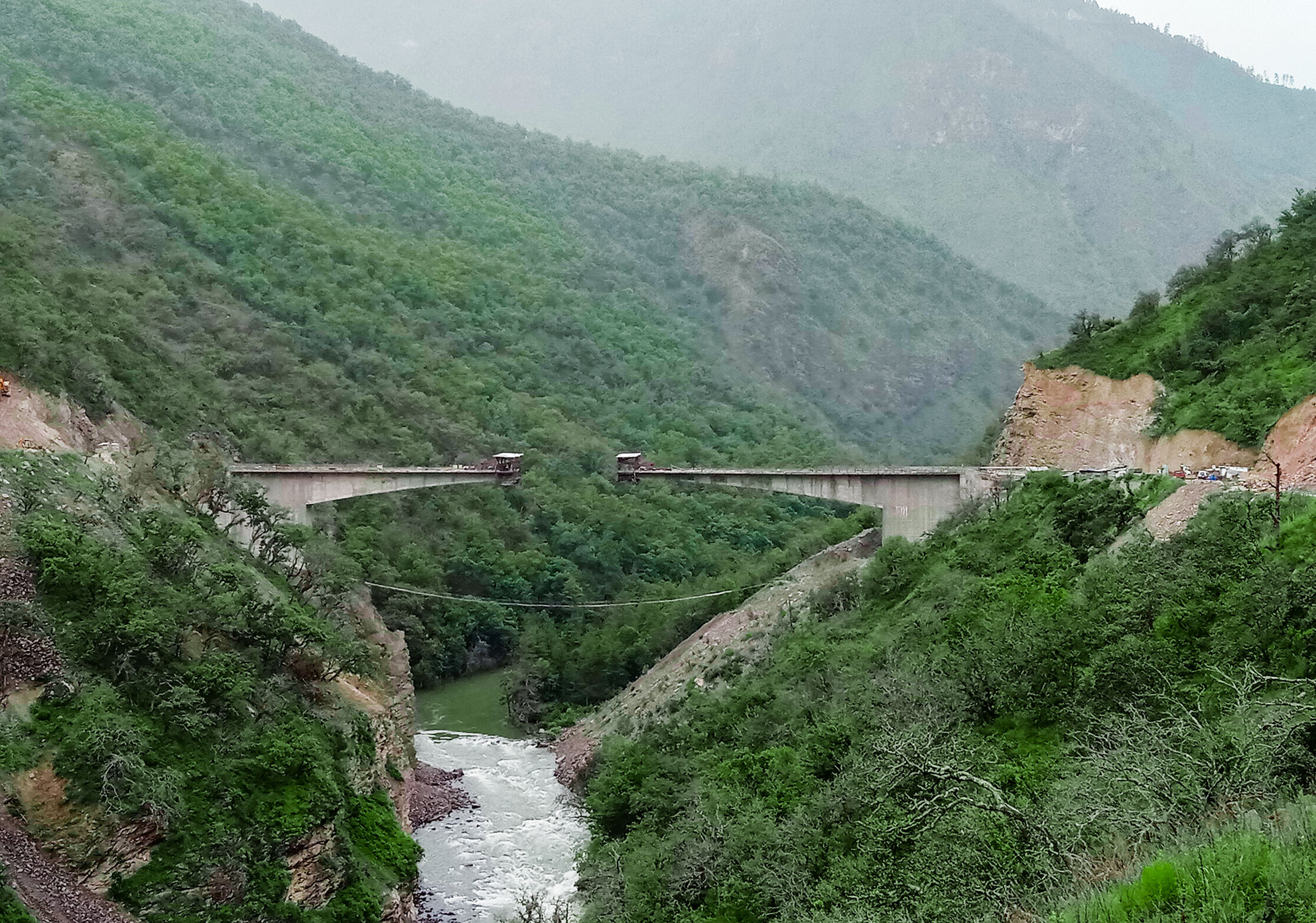Choki Wangmo
Contrary to media reports, Dantak officials maintain that the construction of 204-metre Wangchu Bridge along Damchu-Haa road is on track and would be open for traffic by October.
A Dantak official said he did not know from where the media house got the information. Thirty-six metres of the balanced cantilever bridge is yet to be joined.
He said that the challenge in the beginning was that the site was a greenfield highway, meaning the land is new for the construction of highway.
“The construction isn’t deferred,” he said, adding that the global pandemic and lockdown had impacted the import of materials but not in large scale.
The official, however, refused to comment on the project duration and the numbers of workers at the construction site. He said that the project duration varied according to the contractor.
According to the record with the Department of Roads, the contract duration for the design and construction of the bridge is three years starting from August 2016. It is expected to be completed by September this year.
A specialist with the roads department, M N Lamichaney, said that the progress of bridge construction as of last month was 83 percent and the work was hampered because of non-availability of skilled and unskilled labourers due to the Covid-19. “The bridge will most likely be completed towards the end of 2020.”
The 204-metre Wangchu bridge on the 12-kilometre Damchu-Haa link road joins Chuzom-Haa road at Wanakha. The road construction of the link road has been completed. “Project Dantak is also carrying out road upscaling works on the Wanakha-Haa stretch of the Chuzom-Haa road. Works are in progress at various stretches,” he added.
In 2017, 27 households of Wanakha lodged a complaint with Paro dzongkhag, claiming that their land got covered more than five feet under boulders and muck pushed down carelessly from the road construction.
The Dantak official said that people were compensated after the authorities concerned jointly visited the site and assessed the damage. Taking villagers’ safety at the forefront, he said two culverts opening into the fields of people were not constructed.
Wanakha Tshogpa Jampel Dorji, said that land substitution for eight households whose farmlands destroyed by the falling debris from road construction was underway.
The Secretary of the National Environment Commission, Sonam P Wangdi, said that the commission was monitoring the impact at the site. He said that there were no formal complaints about the disturbance at the site but the communities should report the damage if any. “Impact mitigation measures will be followed-up.”
New road constructions in the country are guided by legislation such as the Environmental Assessment Act, 2000 and its Regulation, 2016, National Environment Protection Act of Bhutan 2007, and Environmental Codes of Practice Highways and Roads, 2016.
The National Environment Strategy 2020 requires road construction to be environmentally-friendly—planning the alignment of new roads to avoid ecologically sensitive areas, cultural heritage sites, and minimising destabilisation of slopes by avoiding full cuts wherever possible, using excavators and limiting blasting and using boulder or logs to control excavated material rolling downhill during construction among others.


